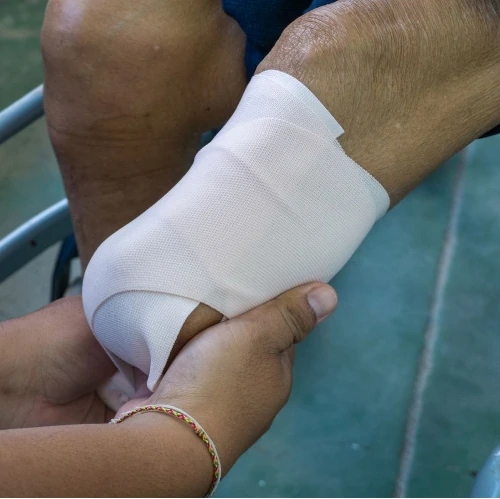Current health care models don’t adequately measure the risks of limb loss in diabetes patients, according to a new paper in the Journal of Foot and Ankle Research. Titled “‘I was trying to look after myself, but I really wasn’t’”’: Understanding patient perspectives on risk factors for lower extremity amputations,” the study asks why the rate of preventable amputations continues to rise, despite the increased availability of preventive care. Although the study was conducted in Australia, its conclusions have relevance for healthcare systems throughout the developed world, including the US.
According to this research, preventing limb loss in diabetic patients isn’t as straightforward as raising awareness and providing access to preventive services. Many of the study’s participants required amputation despite knowing about the risks of limb loss and having access to preventive care. Multiple factors explain this outcome. The two most common, according to this research, are:
- COMPETING PRIORITIES: or “life getting in the way,” in other words. Some people were distracted by placing other family members’ health needs before their own. Others delayed seeking available care due to concerns over the cost.
- UNDERESTIMATING THE RISKS: Most patients knew uncontrolled diabetes might result in limb loss, and some even had lost a limb previously. But they lacked a complete and accurate understanding of the risks. For example, some study participants didn’t realize that smoking and drinking alcohol could increase their chances of limb loss. Others didn’t consistently follow best practices regarding foot care. And many admitted they didn’t take diabetes as seriously as they would a heart condition, cancer, or another life-threatening condition.
The study concludes that a holistic approach, where intervention strategies address patients’ social, psychological, financial, and emotional realities, could improve clinical outcomes: “By recognizing that patients’ risk factors for a lower extremity amputation go beyond biological factors, clinicians could implement early referrals, prioritize goals, establish realistic expectations based on the patients’ current priorities, and alter management plans to ultimately prevent amputations.”
The open-access study is available online at The Journal of Foot and Ankle Research.
